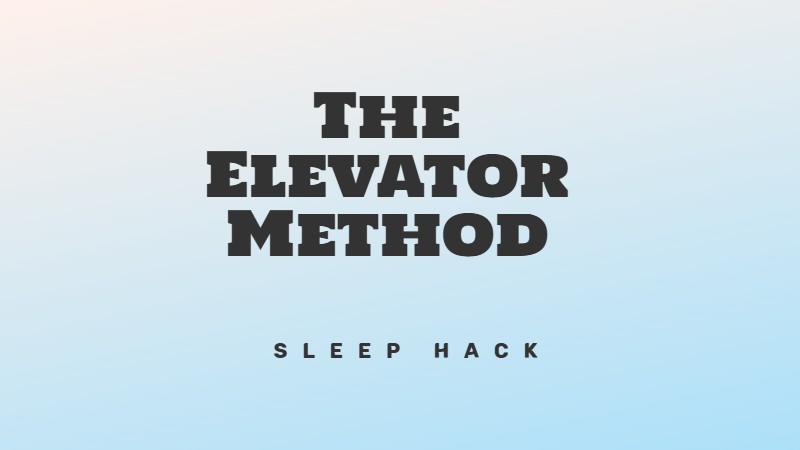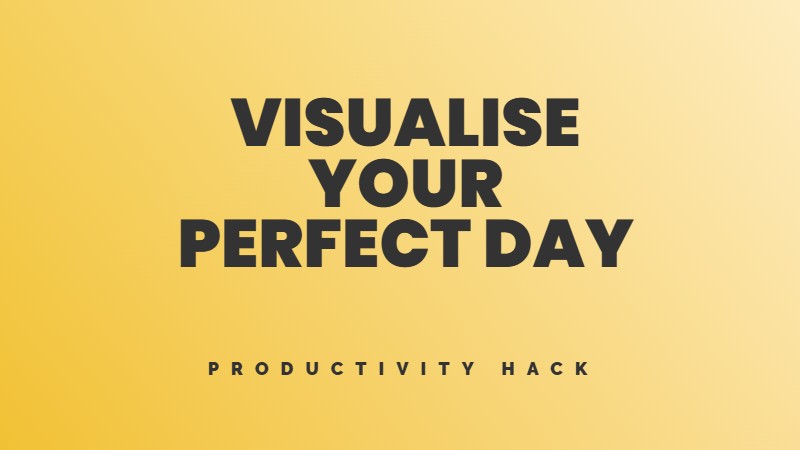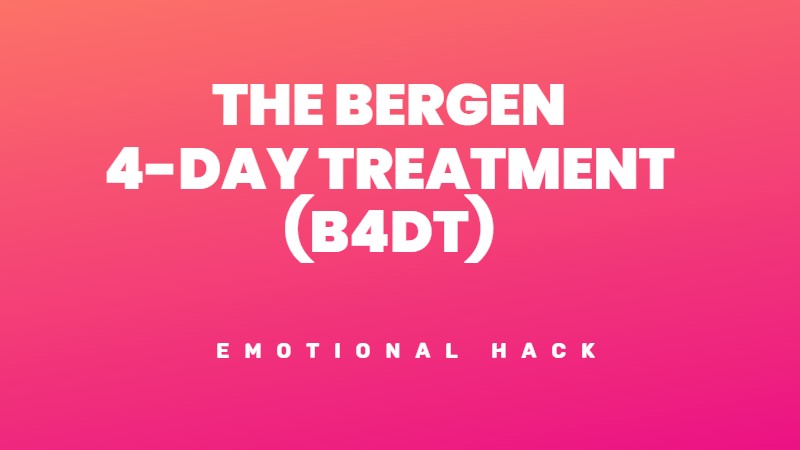Have you ever wondered why some people effortlessly achieve their goals while others struggle to progress? The answer lies in the power of habits – the small choices we make daily that shape our identities and determine our destiny.
Harness the power of tiny changes to unlock remarkable results. “Atomic Habits” by James Clear is a thought-provoking exploration of the subtle yet profound impact that our habits have on our lives. In this book, Clear unveils groundbreaking insights and practical strategies to help you build and break habits, paving the path towards personal transformation and continuous improvement.
Breaking free from the conventional wisdom that change requires monumental efforts, Clear unveils a revolutionary concept – the concept of atomic habits. Just as atomic particles are the building blocks of matter, small atomic habits are the fundamental units that compose our everyday routines. We can create a remarkable life filled with purpose, growth, and achievement by harnessing the compounding effect of these seemingly insignificant actions.
With meticulous research and real-life examples, Clear presents a practical framework for habit change. Whether you seek to quit a destructive habit or adopt a healthy routine, “Atomic Habits” equips you with the tools to effectively reshape your behaviour, rewire your brain, and become the best version of yourself.
Whether you’re seeking personal growth, professional success, or simply a happier and healthier life, “Atomic Habits” provides you with the roadmap to reframe your mindset, optimize your behaviour, and embrace the power of small changes.
Om forfatteren
James Clear became interested in habits through his personal experiences and challenges. During his college years, James Clear experienced a serious injury while playing baseball. He was struck in the face by a baseball bat, which resulted in a severe head injury and put him in a medically induced coma. Upon waking up, he faced a long and challenging recovery journey.
Throughout his recovery process, Clear realized the importance of small, incremental changes and the compounding effect they can have over time. He recognized that the habits he formed during this period played a significant role in his progress and ultimate success. These personal experiences led Clear to dive deeper into the science and psychology behind habit formation. He extensively studied research from various fields, such as biology, neuroscience, psychology, and philosophy.
Clear analyzed the patterns and principles that govern human behaviour and identified practical strategies to help individuals create and sustain positive habits. Through his research and personal experiments, James Clear developed a profound understanding of how habits shape our lives and how small changes can have a major impact.
He started sharing his insights and strategies through his website, jamesclear.com, which gained a substantial following. His positive response and feedback from his readers motivated him to explore the topic further and eventually write the book “Atomic Habits,” becoming an influential voice in habit formation.
The Four Laws of Behavior Change
The Four Laws of Behavior Change, outlined in James Clear’s Atomic Habits, provide a valuable framework for creating effective and lasting habits.
1. Make Habits Obvious
By focusing on making our habits more visible and noticeable, we can increase our awareness and intentionality in cultivating positive behaviours.
2. Make Habits Attractive
By connecting positive emotions, rewards, and enjoyment to your habits, you can increase your motivation and likelihood of sticking to them.
3. Make Habits Easy
By reducing the barriers and friction associated with our desired behaviours, we can increase the chances of consistently practising them.
4. Make Habits Satisfying
By making our habits satisfying, we can reinforce positive behaviour and increase the likelihood of repeating those habits in the future.
Remember, these Four Laws can be applied in various combinations to create effective habits. Each law plays a crucial role in driving behaviour change by making habits more prominent, desirable, effortless, and gratifying, thus increasing the likelihood of successful habit formation.
The Mindset Shifts
Mindset shifts play a critical role in personal growth and behaviour change. They involve altering our beliefs, attitudes, and perspectives, which can profoundly impact our actions and overall well-being. By embracing new mindsets, we can unlock new possibilities, overcome challenges, and create positive change in our lives. Here are three examples highlighting the importance of mindset shifts:
Growth Mindset
Embracing a growth mindset is the belief that our abilities and intelligence can be developed through dedication, practice, and continuous learning. This mindset shifts from a fixed mindset, which believes abilities are fixed and immutable, and empowers us to embrace challenges and approach setbacks as learnable opportunities. With a growth mindset, we can cultivate resilience, persevere through difficulties, and achieve higher levels of success in various areas of our lives.
Abundance Mindset
Adopting an abundance mindset involves recognizing and appreciating the abundance and opportunities surrounding us instead of focusing on scarcity and limitations. This shift allows us to celebrate the success of others, collaborate more freely, and approach life with a sense of gratitude and abundance. By embracing abundance, we can overcome self-limiting beliefs, take more risks, and attract more positive experiences and relationships.
Possibility Mindset
The possibility mindset sees challenges as opportunities for growth and innovation rather than insurmountable obstacles. This shift encourages us to look beyond our initial assumptions and explore creative solutions. By removing self-imposed limitations, we can open doors to new ideas, embrace change, and pursue aspirations we may have previously deemed impossible.
In these examples, the mindset shift acts as a catalyst for personal transformation. It changes how we perceive and approach the world, enabling us to tap into our full potential, explore new horizons, and lead more fulfilling lives.
Identity Change
When we shift our sense of self and how we identify ourselves, it can profoundly impact our beliefs, actions, and, ultimately, our outcomes. By intentionally shaping our identity, we can align our behaviours with our desired self-image and create lasting change. Here are three examples highlighting the importance of identity changes:
Becoming a Healthy Person
When we adopt the identity of a healthy person, it becomes easier to make choices that support our well-being. We see ourselves as someone who values nutrition, exercise, and self-care. This shift in identity can motivate us to consistently make healthier choices, such as choosing nutritious foods, engaging in regular physical activity, and prioritizing self-care practices. By identifying as a healthy person, we align our habits and behaviours with this self-image, leading to long-term positive health outcomes.
Embracing the Entrepreneur Identity
When we see ourselves as entrepreneurs, we embody the qualities of innovation, risk-taking, and resilience. This identity shift can empower us to take bold actions, embrace challenges, and persist through adversities. By aligning our behaviours with the entrepreneur identity, such as seeking opportunities, networking, and continuously learning, we increase our chances of success in building and growing our own ventures.
Adopting a Lifelong Learner Identity
When we see ourselves as lifelong learners, we embrace the belief that growth and development are ongoing processes. This identity shift encourages us to pursue knowledge, acquire new skills, and seek personal and professional growth. By identifying as a lifelong learner, you prioritize continuous learning, actively seek out opportunities for growth, and embrace challenges as learning experiences. This identity change allows you to adapt to changing circumstances, explore new possibilities, and continuously evolve.
By aligning our actions with our new identity, we create consistency between our beliefs, behaviours, and outcomes. Identity changes empower us to step into new roles, embrace new possibilities, and create a meaningful and fulfilling life aligned with our true selves.
The Role of the Environment
The role of the environment in shaping our behaviour and habits is significant. Our surroundings, whether it’s where we live, work, or spend our time, have a profound influence on our actions, choices, and overall well-being. By intentionally designing our environment, we can create conditions that support positive behaviour change and make it easier to develop and maintain desired habits. Here are three examples highlighting the role of the environment:
These examples illustrate how our environment moulds our behaviour and habits. By intentionally shaping our surroundings to align with our goals and values, we can create an environment that supports and reinforces positive behaviours, making it easier to develop and maintain the habits that contribute to our personal growth and well-being.
The Detrimental Effect of Negative Cues
Negative cues in our environment can have detrimental effects on our behaviour and overall well-being. These cues can trigger unwanted habits, reinforce negative patterns, and hinder our efforts to make positive changes. Here are three examples highlighting the detrimental effects of negative cues:
By becoming aware of these detrimental effects, we can take proactive steps to mitigate their influence. This may involve redesigning our physical environment, managing digital distractions, and seeking a supportive social circle aligning with our positive behaviour change goals. By minimizing negative cues and creating an environment that fosters positive habits, we can enhance our overall well-being and increase our chances of success in pursuing our desired lifestyle.
Minor Tweaks, Extraordinary Results
Minor tweaks in our routines have the potential to lead to extraordinary results by leveraging the power of compounding and continuous improvement. Here are three examples of how small changes can make a significant impact over time:
The Power of 1% Improvement
Dave Brailsford and his coaches made a series of small adjustments, referred to as “the aggregation of marginal gains,” to improve the performance of the British Cycling team. Here are some of the adjustments they made:
By making these small adjustments in multiple areas, the British Cycling team aimed to create a cumulative effect of marginal gains. These seemingly minor improvements, when combined, led to significant overall performance enhancements, ultimately transforming the team from a historically underwhelming presence in the sport to a dominant force on the international stage.
Imagine if you commit to improving just 1% in a specific area of your life every day. While a 1% improvement may seem insignificant in the short term, over time, it compounds into remarkable progress. For instance, if you aim to read just one page of a book daily, you’ll have read 365 pages by the end of the year. Similarly, by saving just 1% more of your income, your savings can grow substantially over time. When consistently applied, these minor tweaks can lead to extraordinary outcomes.
By embracing small improvements, you can harness the compounding effect and achieve extraordinary results over time. Remember, the consistent and intentional implementation of minor tweaks can lead to remarkable transformations and lasting success.
Conclusion
Whether you want to improve your health, excel in your career, or cultivate meaningful relationships, “Atomic Habits” empowers you to harness the power of small changes and create a life of fulfilment and success. Overall, “Atomic Habits” is a thought-provoking and insightful book that offers a fresh perspective on habit formation. It guides readers on a journey towards mastering the art of habits and provides a roadmap to unlocking their full potential through consistent, incremental improvements.




Giv feedback om dette